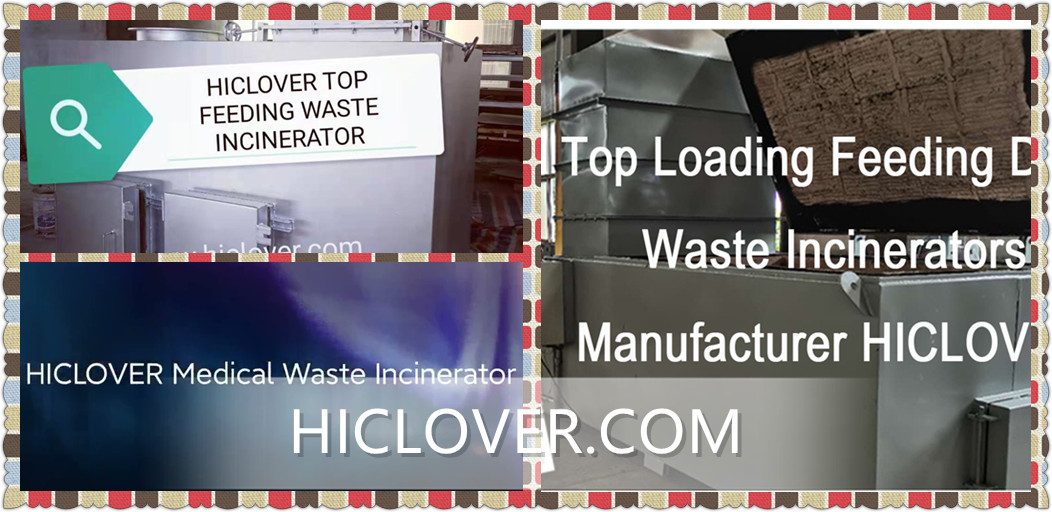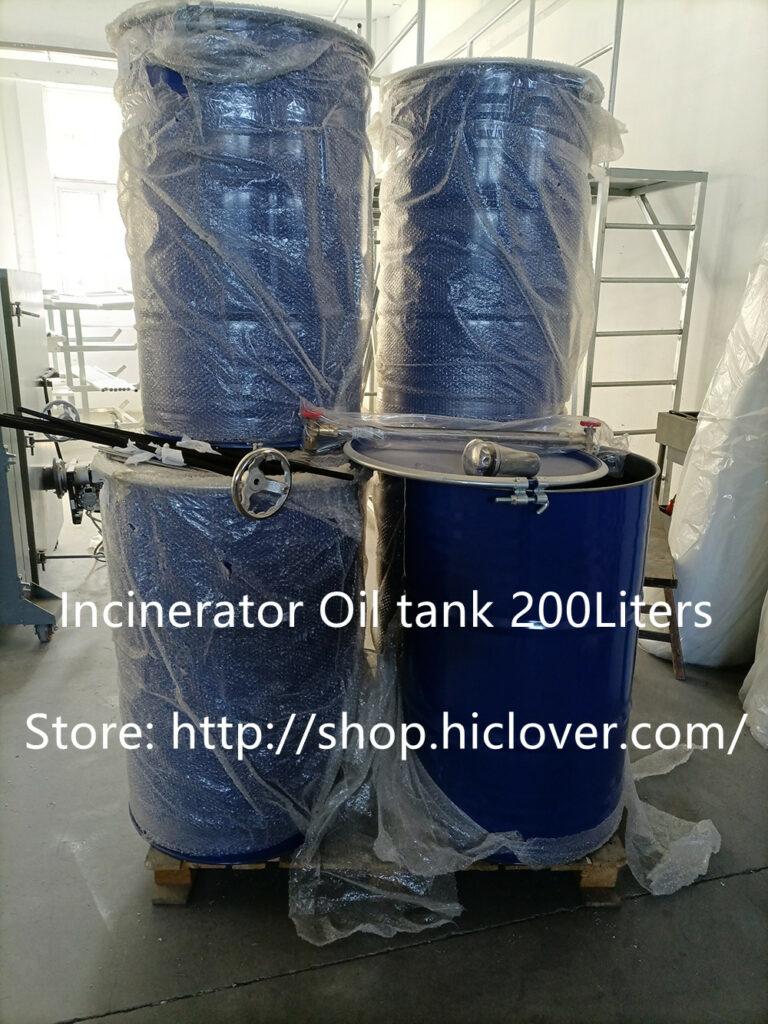Incinerators are a crucial part of waste management, playing a vital role in the disposal of solid waste through the process of combustion. Though often vilified for their potential environmental impacts, modern incinerators are equipped with state-of-the-art technology to ensure minimal harm to the environment and human health.
The inner workings of incinerators are complex and require advanced technology to efficiently burn and process waste. Understanding the technology and process behind incinerators is imperative for the proper management of waste and the prevention of environmental harm.
The first step in the incineration process is the collection and transportation of solid waste to the incinerator facility. Once the waste reaches the facility, it is processed to remove any recyclable materials or hazardous waste that cannot be incinerated. The remaining waste is then fed into the incinerator for combustion.
The combustion process takes place in a specially designed chamber where the waste is burned at high temperatures. This high-temperature combustion ensures the complete breakdown of organic materials and the neutralization of any harmful substances, such as pathogens and toxins, present in the waste.
To further minimize the environmental impact, modern incinerators are equipped with advanced pollution control devices. These devices, such as scrubbers and electrostatic precipitators, are designed to capture and neutralize harmful emissions, including particulates, heavy metals, and acidic gases, before they are released into the atmosphere.
In addition to pollution control devices, modern incinerators also utilize advanced monitoring and control systems to ensure the proper operation of the facility. These systems continuously monitor and regulate the combustion process to maximize energy efficiency and minimize emissions.
Furthermore, many incinerators are equipped with energy recovery systems to harness the heat generated during combustion. This heat can be used to produce steam, which in turn can be used to generate electricity or provide district heating to nearby communities. This energy recovery not only reduces the reliance on fossil fuels but also provides a sustainable solution for waste management.
It is also important to note that the design and operation of incinerators are subject to stringent regulations and standards to ensure the protection of human health and the environment. The emissions from incinerators are regularly monitored and must comply with strict limits set by environmental agencies.
Despite the advanced technology and pollution control measures employed by modern incinerators, concerns over their potential environmental and health impacts persist. Critics argue that the release of pollutants such as dioxins and heavy metals from incinerators can pose a risk to human health and the environment. However, proponents of incinerators point to the fact that modern facilities are equipped with advanced pollution control technology to minimize these risks.
In conclusion, incinerators play a crucial role in the efficient and sustainable management of waste. Understanding the inner workings of incinerators, as well as the technology and processes involved, is essential for addressing concerns and ensuring the safe and responsible operation of these facilities. By utilizing state-of-the-art technology and adhering to strict regulations and standards, incinerators can effectively mitigate their environmental impact and provide a sustainable solution for waste management.



